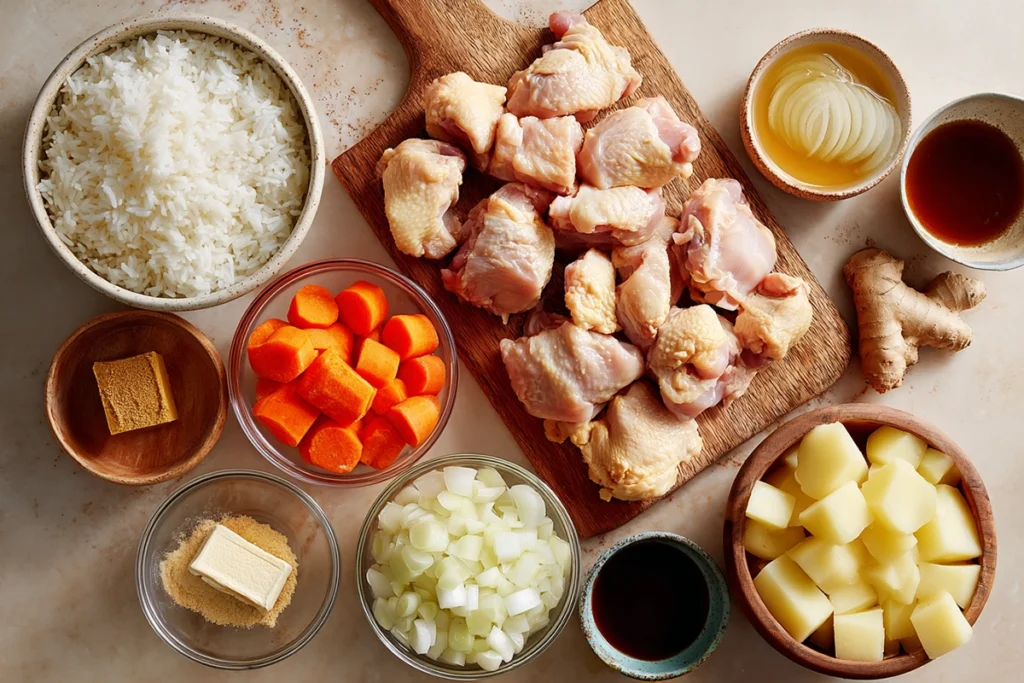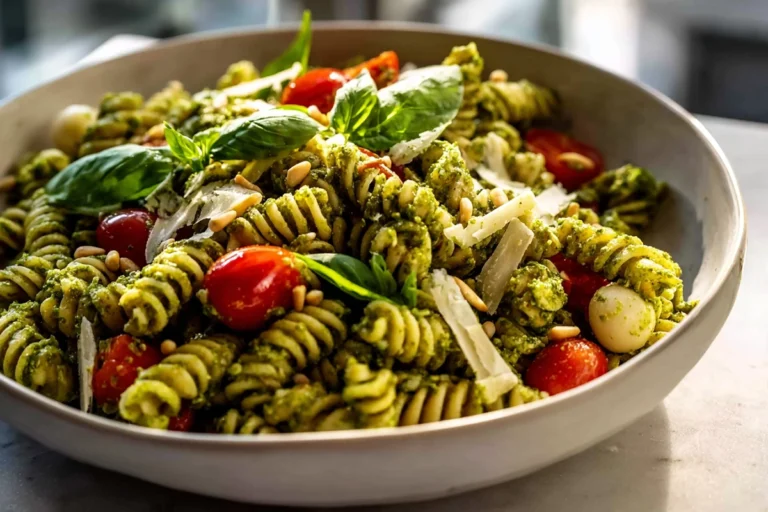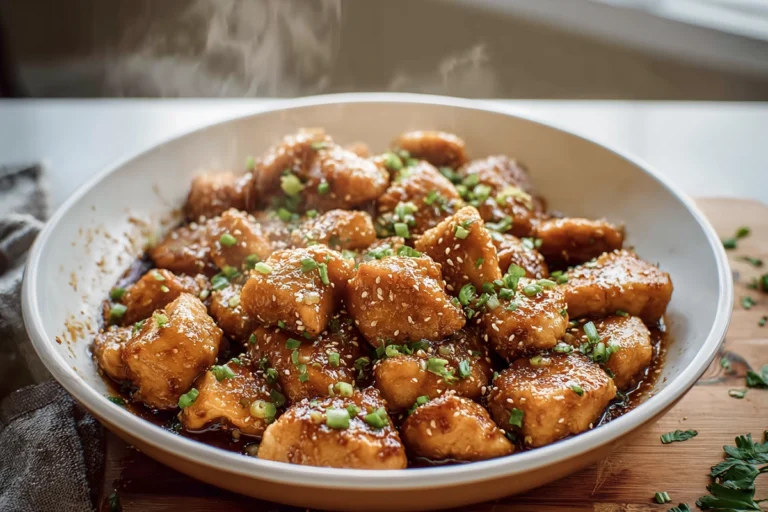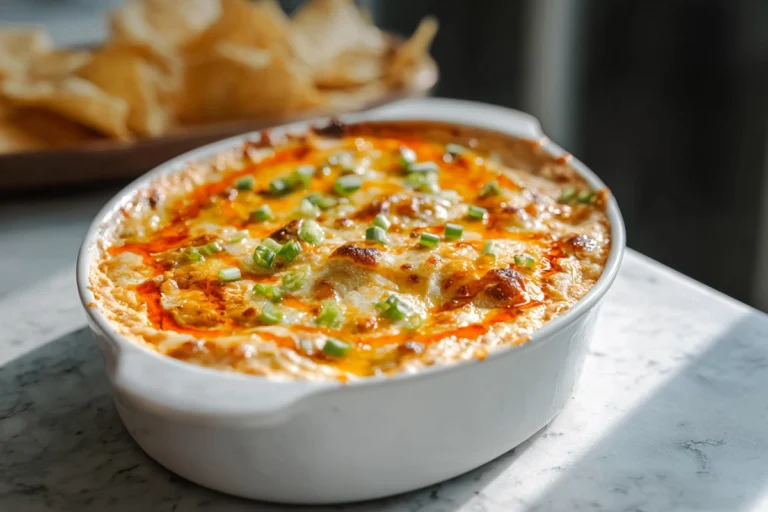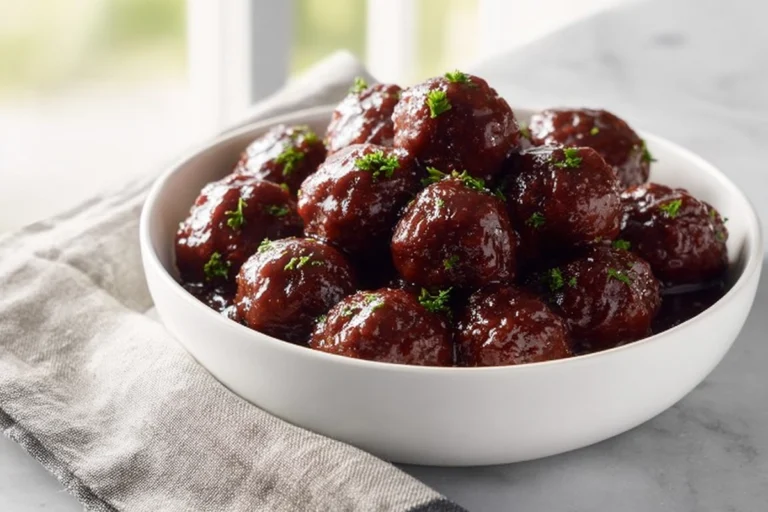Authentic Japanese Curry (Kare Raisu) Recipe: Comfort Food You’ll Crave Again and Again
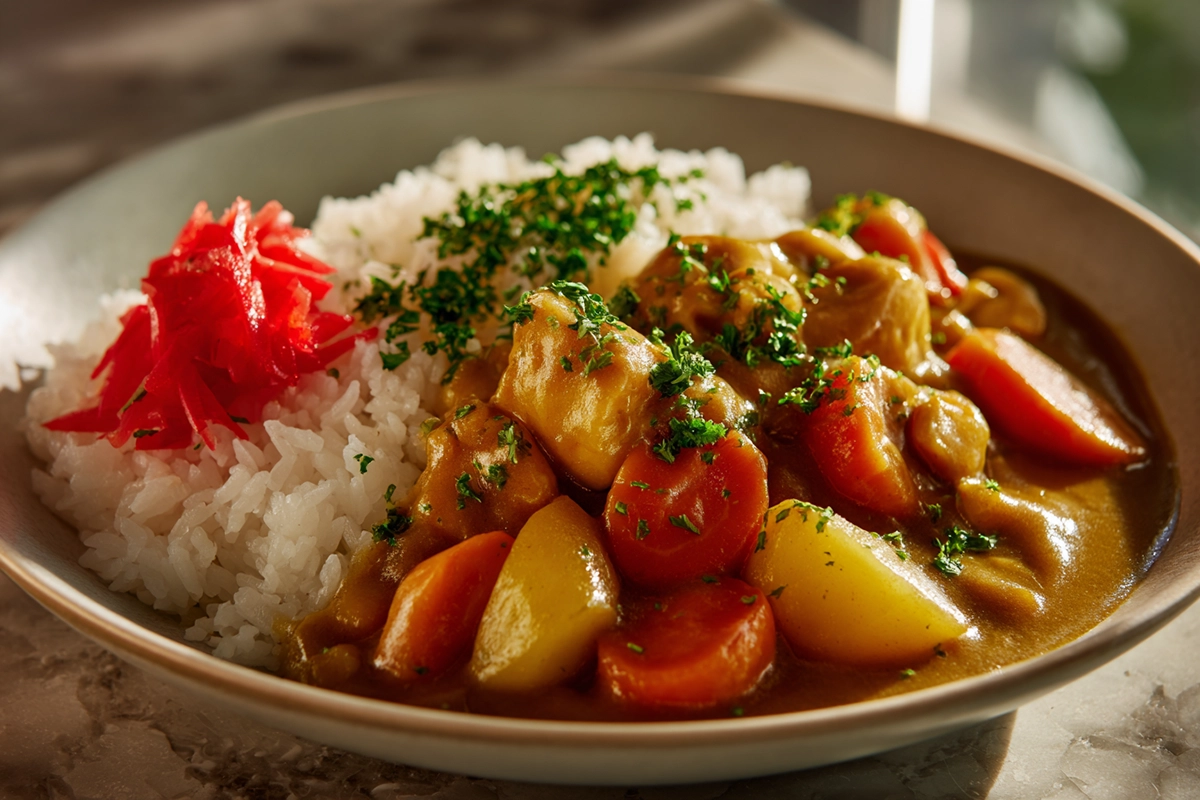
There’s something magical about a dish that feels like a warm hug after a long day. For me, that dish has always been Japanese Curry. The first time I tried it, I was surprised by how different it was from the fiery Indian curries I grew up eating at restaurants. It was gentler, sweeter, almost stew-like, with a richness that made me go back for seconds without hesitation. If you’ve ever wished for a cozy dinner that’s simple to prepare but loaded with flavor, this recipe might just become your new go-to.
What Is Japanese Curry? Origins & Key Characteristics
When you think of curry, you probably picture bold spices, fiery heat, or coconut-rich Thai broths. Japanese Curry—or kare raisu—is in its own category. It’s thicker than most curries, with a velvety texture that clings to every grain of rice. Traditionally, it features onions, carrots, and potatoes simmered with a protein like chicken, beef, or pork.
The dish first arrived in Japan in the late 1800s through British naval influence, but locals quickly adapted it. Instead of heavily spiced, it became a mellow, slightly sweet stew perfect for family meals. Today, it’s one of Japan’s most beloved comfort foods, often served in schools, restaurants, and households nationwide.
Ingredients & Equipment You’ll Need
Here’s what you’ll want to have on hand to make a classic version:
Ingredients:
- 2 tablespoons butter or oil
- 2 medium onions, thinly sliced
- 2 carrots, cut into chunks
- 2 potatoes, peeled and diced
- 1 pound chicken thighs or beef stew meat, cubed
- 4 cups chicken or beef stock
- 4 blocks Japanese curry roux (or ½ cup homemade roux)
- 1 tablespoon soy sauce
- 1 teaspoon honey or grated apple (optional for sweetness)
- Salt and black pepper, to taste
- Cooked short-grain white rice, for serving
Optional flavor boosters: A small piece of dark chocolate, a splash of coffee, or Worcestershire sauce for added depth.
Equipment: A heavy-bottomed pot or Dutch oven, a sharp knife, a wooden spoon, and a rice cooker (if you want the perfect fluffy base).
Step-by-Step Recipe: How to Make Japanese Curry
Step 1: Prep and Sauté
Start by heating butter or oil in your pot over medium heat. Add the sliced onions and cook them slowly until golden and slightly caramelized. This step creates the foundation of that deep, savory flavor.
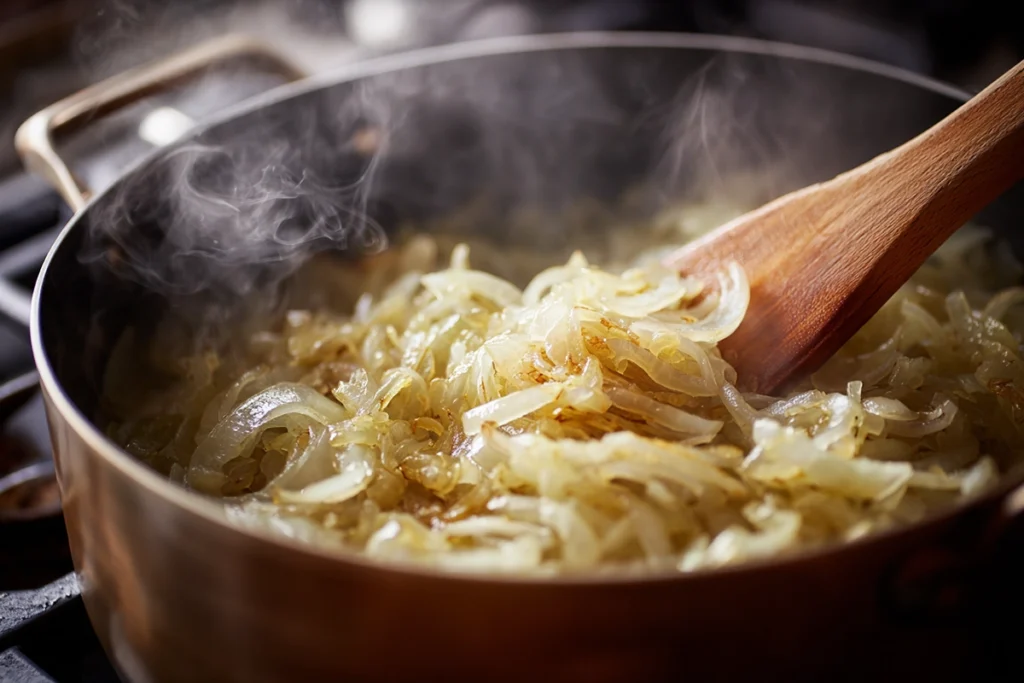
Step 2: Brown the Protein
Add your meat of choice and sear on all sides until lightly browned. You’re not cooking it through yet—just locking in juices and building flavor in the pot.
Step 3: Add Vegetables and Simmer
Toss in the carrots and potatoes, then pour in the stock. Stir gently, scraping the bottom to lift any browned bits. Bring it to a boil, then reduce to a simmer. Cover and cook until the vegetables and meat are tender, about 20–30 minutes.
Step 4: Add the Curry Roux
Break the curry roux into blocks and stir them into the pot one by one. Keep stirring until the sauce thickens and becomes silky. If you prefer to make your own roux, whisk flour, butter, and curry powder separately before adding.
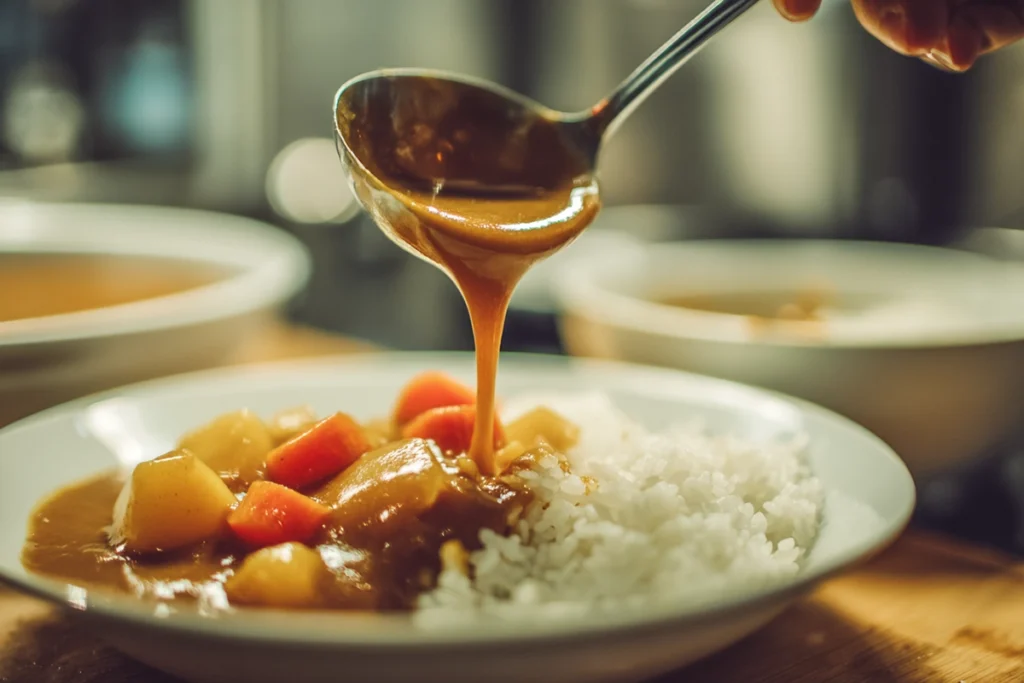
Step 5: Adjust and Finish
Taste your curry. Add soy sauce for umami, honey or grated apple for sweetness, or a pinch of salt to balance. If it’s too thick, stir in a splash of stock; if it’s too thin, let it simmer uncovered a bit longer.
Serving Suggestions & Pairings
The most traditional way to enjoy Japanese Curry is simply ladled over a mound of fluffy short-grain rice. But you’ve got options:
- Top it with a crispy breaded pork or chicken cutlet for the famous “katsu curry.”
- Add a soft-boiled egg or fried egg on top for extra richness.
- Pair with Japanese pickles like fukujinzuke or rakkyo to cut through the richness.
- Try swapping rice for noodles to make curry udon—a satisfying twist.
- For an American spin, spoon it over mashed potatoes or tuck it into a bread bowl for a cozy fall dinner.
Dietary Variations & Substitutions
One of the reasons Japanese Curry has become so popular worldwide is its flexibility. You can easily adapt it for nearly any diet.
Vegan / Vegetarian
Use vegetable stock instead of meat-based broth and replace the protein with tofu, tempeh, or chickpeas. Make sure your curry roux is plant-based, or prepare a simple one at home with flour, oil, and curry powder.
Gluten-Free
Some commercial curry roux blocks contain wheat flour. Opt for a gluten-free brand or create your own roux using rice flour or cornstarch.
Low-Calorie
Choose chicken breast instead of thighs, reduce the amount of oil, and bulk up with extra vegetables like zucchini, mushrooms, or spinach.
Halal / Kosher
Select certified halal or kosher meat and check your roux brand for compliance. You can also make a homemade roux to avoid additives.
By making small adjustments, you still get the same hearty, flavorful experience without straying too far from the original.
Storage, Reheating & Freezing Tips
If you’re cooking for two but following this recipe, don’t worry—it keeps beautifully. Store leftovers in an airtight container in the fridge for up to four days. In fact, the flavor often improves after resting overnight, making it perfect for meal prep.
For longer storage, divide into portions and freeze for up to a month. Thaw overnight in the fridge and reheat gently on the stove, adding a splash of broth or water if it thickens too much. Avoid microwaving in large batches, since uneven heating can affect the texture.
Variations & Creative Twists
Once you’ve mastered the classic recipe, you can have fun experimenting.
- Swap beef for seafood like shrimp or squid for a coastal flair.
- Use pumpkin, squash, or sweet potatoes for a fall-inspired version.
- Try Kanazawa-style curry, which is spicier and darker, if you like more heat.
- Go fusion: make curry tacos, serve over pasta, or even layer it into a casserole.
This dish invites creativity, so don’t be afraid to make it your own.
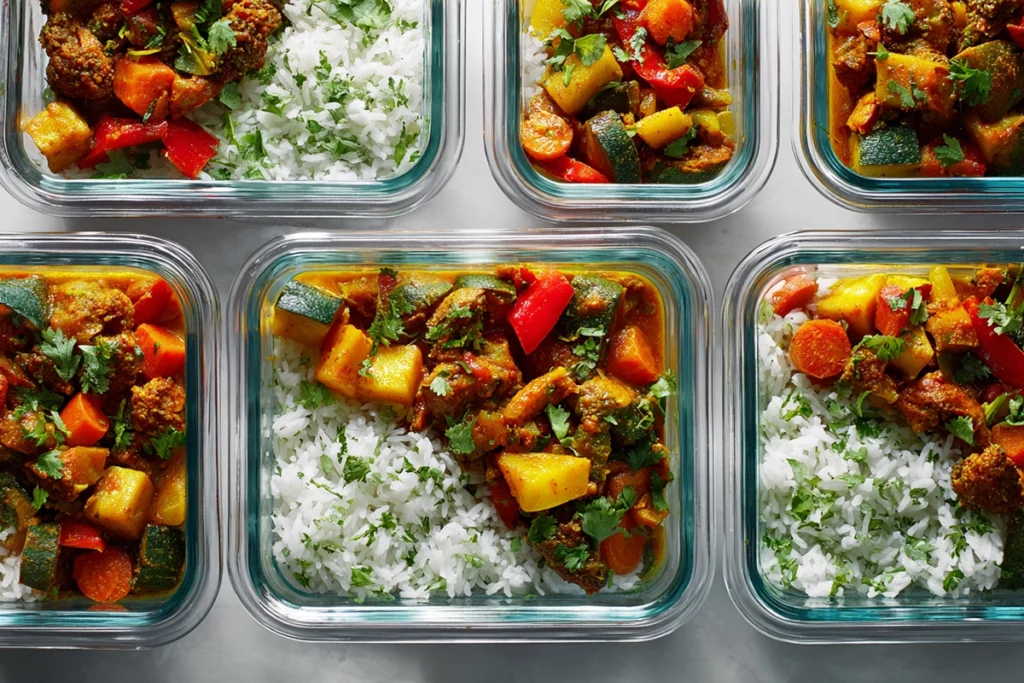
A steaming bowl of Japanese Curry has the power to transform an ordinary evening into something memorable. It’s not complicated, and yet it delivers comfort on every level—flavor, aroma, and warmth. Whether you stick to the traditional version or play with variations, this dish is one you’ll keep coming back to. Next time you crave a cozy meal that’s hearty but approachable, you’ll know exactly what to cook.
FAQ
What makes Japanese curry different from Indian curry?
Unlike Indian curry, which uses a variety of spices and often has a thinner sauce, Japanese Curry is thick, mild, and slightly sweet. It relies on a roux base, giving it a stew-like consistency that pairs perfectly with rice.
Can I make Japanese curry without curry roux blocks?
Yes, you can. Instead of blocks, create your own roux using butter, flour, and curry powder. This gives you more control over the flavor and makes it easy to keep the recipe gluten-free.
How spicy is Japanese curry?
Most versions are mild, especially compared to Thai or Indian curries. You can adjust the heat by choosing spicier roux, adding chili flakes, or stirring in cayenne pepper while cooking.
Does Japanese curry freeze well?
Absolutely. Portion it into containers, let it cool, then freeze for up to a month. When reheating, add a splash of broth or water to restore its silky texture.
What are the best toppings for Japanese curry?
Crispy chicken or pork cutlets (katsu), boiled eggs, cheese, and Japanese pickles are all classic toppings. They add layers of flavor and texture that make the dish even more satisfying.
Print
Authentic Japanese Curry (Kare Raisu) Recipe
- Total Time: 45 minutes
- Yield: 4 servings 1x
Description
A comforting and hearty Japanese Curry featuring tender meat, potatoes, and carrots simmered in a rich, flavorful roux. Served over rice, this classic kare raisu is a staple of Japanese home cooking and an easy weeknight dinner.
Ingredients
2 tablespoons butter or oil
2 medium onions, thinly sliced
2 carrots, cut into chunks
2 potatoes, peeled and diced
1 pound chicken thighs or beef stew meat, cubed
4 cups chicken or beef stock
4 blocks Japanese curry roux (or ½ cup homemade roux)
1 tablespoon soy sauce
1 teaspoon honey or grated apple (optional for sweetness)
Salt and black pepper, to taste
Cooked short-grain white rice, for serving
Instructions
-
Heat butter or oil in a pot over medium heat. Add onions and sauté until golden and caramelized.
-
Add cubed meat and sear on all sides until lightly browned.
-
Add carrots, potatoes, and stock. Stir, scraping the bottom of the pot. Bring to a boil, reduce heat, cover, and simmer 20–30 minutes until meat and vegetables are tender.
-
Stir in curry roux blocks one at a time until the sauce thickens.
-
Season with soy sauce, honey or grated apple, salt, and pepper. Adjust consistency by adding stock if needed.
-
Serve hot over steamed short-grain rice with optional pickles or toppings.
Notes
Flavor improves if made a day ahead.
Add chocolate, coffee, or Worcestershire sauce for a deeper taste.
Works well with chicken, beef, pork, or vegetarian substitutions.
- Prep Time: 15 minutes
- Cook Time: 30 minutes
- Category: Main Course
- Method: Stovetop simmering
- Cuisine: Japanese
Nutrition
- Serving Size: 1 serving (approx. 1 ½ cups curry with rice)
- Calories: ~420 kcal
- Sugar: 6 g
- Sodium: 980 mg (depends on roux brand)
- Fat: 18 g
- Saturated Fat: 6 g
- Unsaturated Fat: 10 g
- Trans Fat: 0 g
- Carbohydrates: 44 g
- Fiber: 5 g
- Protein: 22 g
- Cholesterol: 65 mg
What Are Our Readers Saying?
There are no reviews yet. Be the first one to write one.

